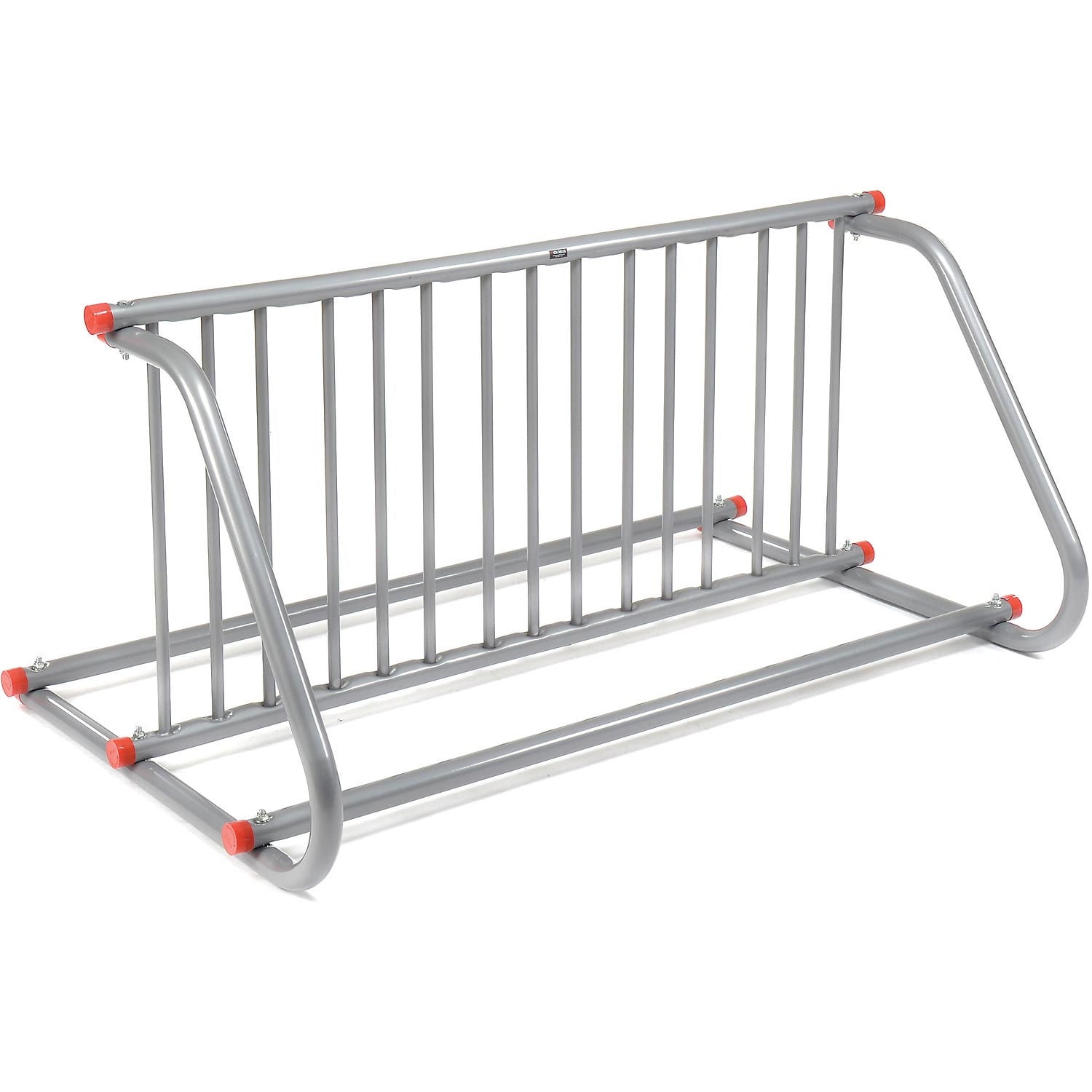

By not having your bike racks front and center, you not only miss out on the positive reputation and extra parking a newly installed rack can create-you are also installing something bicyclists won’t want to use.Įven if bicyclists do find out where the racks are, low visibility may still disincentivize their use. Installing bike racks in dark, out-of-the-way locations creates a precarious situation both for bicyclists and their bikes. If your bike rack isn’t front and center, it’s a huge waste of money. If a bike rack is installed and no one is around to see it, does it really exist? Visibility might seem like an obvious consideration, but you would be surprised by how often bike racks seem to be deliberately hidden away. By providing sheltered or indoor parking, landlords and employers in particular can reduce the need for residents and employees to drag their bikes inside-a graceless and uncomfortable situation for all parties. I can be fairly sure whether it will rain in the next thirty minutes, but if I’m going into work at 9:00 AM and leaving at 5:00 PM on a cloudy day, it’s best to play it safe and find a sheltered rack. If a location’s patrons will be parking for longer periods, whether three hours or overnight, making sure that bike racks are protected from the elements is especially important. Placing bike racks under some sort of cover can go a long way toward mitigating these problems and encouraging bicycling patrons to stay a little while longer. Neither are rusty chains, warped rear fenders, or scalding hot handlebars.

Protection from the ElementsĪs I mentioned in the introduction, a soaking wet seat isn’t pleasant. As a happy side effect, more of your customers and employees may take up walking and bicycling, freeing up parking spots for customers who drive. Besides keeping bicycles off your delicate trees, this also signals that your business is thinking about its cycling customers. With that in mind, head off this problem by installing racks next to or near the entrance bicycling customers and employees will be using. In a mostly-rackless world, that lamppost/fence/tree counts as bike parking. So what’s the deal? Just like drivers, cyclists want the most convenient parking spot possible. There’s nothing wrong with the sight of bicycles around town, but let’s be real: bikes locked up in random places are awkward and cumbersome to other street users. We’ve all seen it: the bike that’s uncomfortably locked up to a lamppost/fence/tree even though there’s a bike rack right around the corner. I’ll break down the qualities of a good bike rack into five criteria: location and proximity, protection from the elements, visibility, volume, and form. Thankfully, making bicyclists feel welcome is easy and inexpensive for any business owner or landlord. In the same way that an urban business would never clear out a muddy field around their building and declare that they’ve provided a parking lot for drivers, installing low-quality bike parking can often times be worse than installing nothing at all.
Used gridbike rack full#
They’re confusing to use, awkwardly placed and inconvenient, and if it’s raining outside, you know you will be riding home on a soaking wet seat cushion. If you want to know how pleasurable that feels, grab a pillow, submerge it in a full bathtub, and sit on it as you read the rest of this article.Ī pernicious assumption may be at play here: the idea that any bike rack is better than no bike rack and really any metal contraption that’s bolted to the ground will do. On the other hand, there are bike racks that might as well not exist. These are the type that tell bike commuters, “You’re welcome here!” As anyone who bikes regularly will tell you, not all bike racks are created equal. Some bike racks are stellar: they’re intuitive to use, well lit, protected from the elements, and close to where you’re trying to go.


 0 kommentar(er)
0 kommentar(er)
